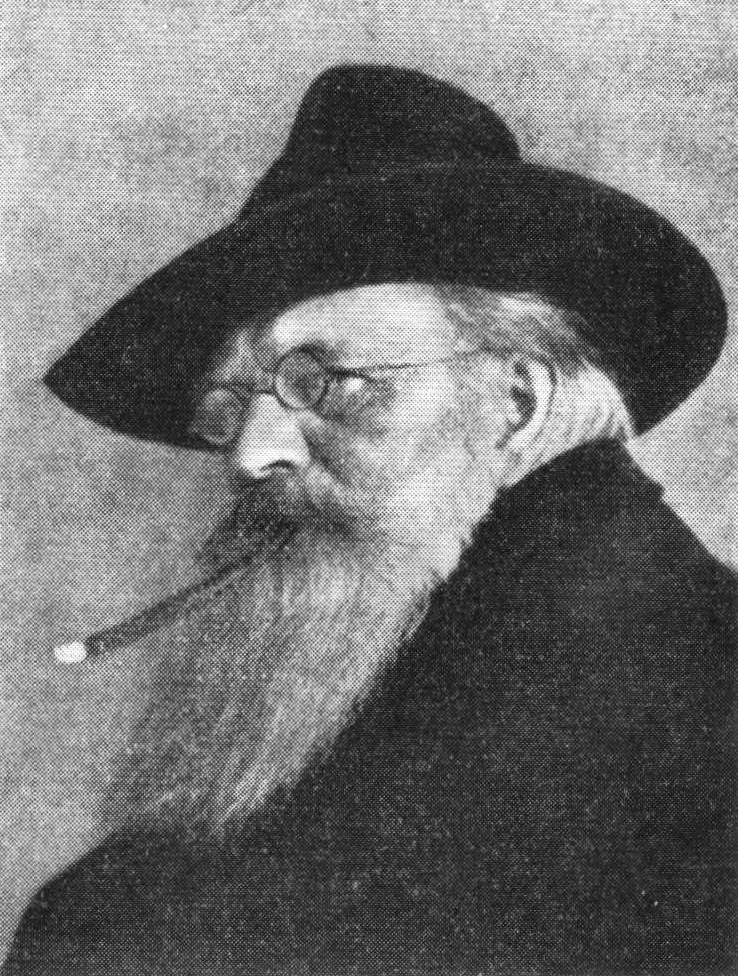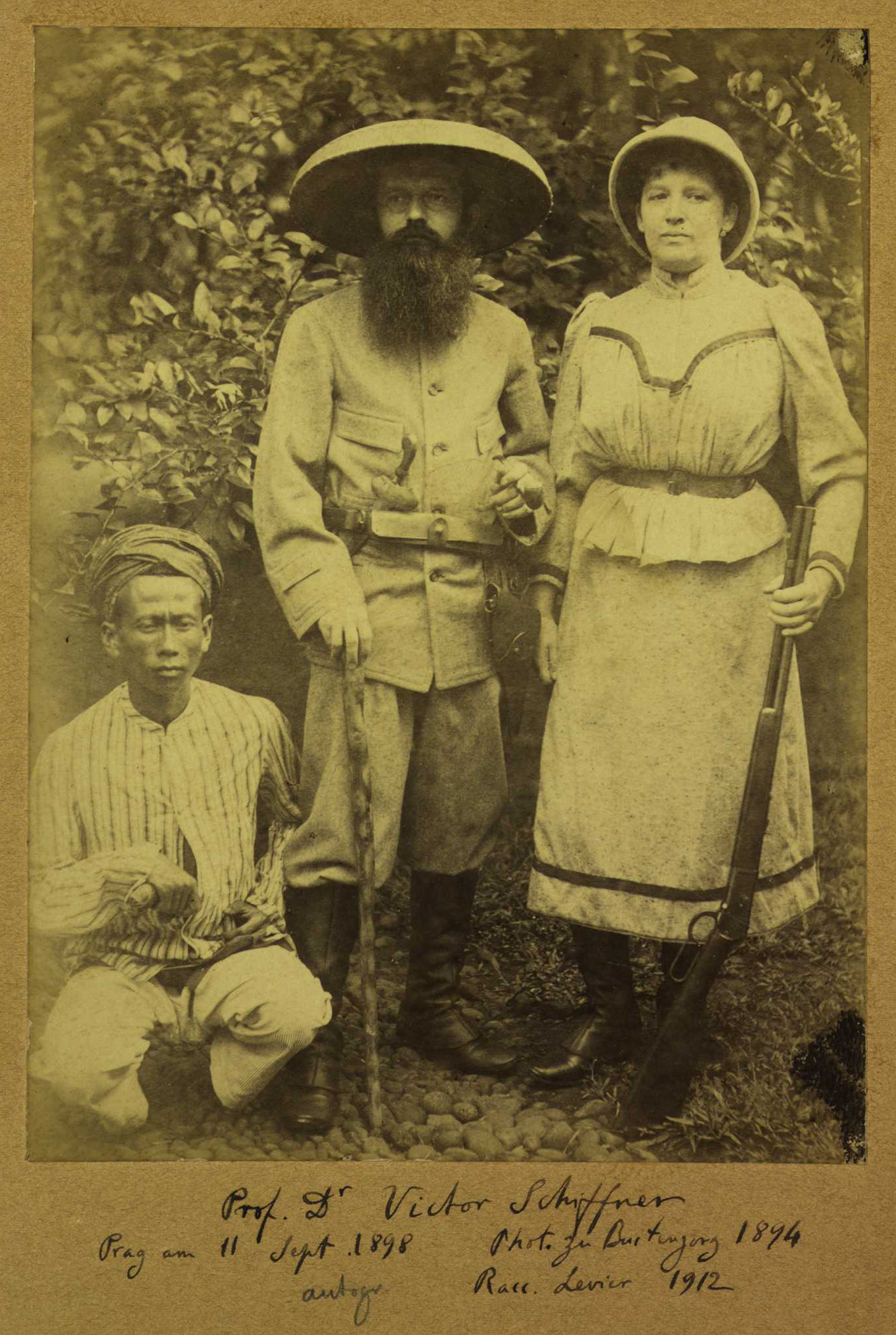Victor Schiffner

Victor Schiffner
Image with no caption, probably dating back to the 1930s.
Taken from: van Steenis-Kruseman & van Steenis, 1950. Malaysian plant collectors and collections being a Cyclopaedia of botanical exploration in Malaysia and a guide to the concerned literature up to the year 1950. Flora Malesiana - Series 1, Spermatophyta, 1(1): 468
Published under a CC-BY 4.0 license, as stated at the URL https://repository.naturalis.nl/pub/532515
Victor Félix Schiffner was born in 1862 in Česká Lípa, which at the time was part of the Austrian Empire. He graduated from the University of Prague, where in 1888 he qualified to teach systematic botany; he also worked at the city's botanical garden as an assistant to Heinrich Moritz Willkomm.
He spent the period from 1893 to 1894 in the Dutch East Indies, at the botanical garden of Buitenzorg (now Bogor) in Java; at that time, the city housed the largest agricultural school in the Dutch colony and other scientific institutions, including a rich library, a natural history museum, and institutes of biology, chemistry, and veterinary medicine.

Victor Schiffner with his wife in Buitenzorg (1894)
Library of the Botanical Garden,
University of Padua, Italy - IB.PP.19
CC BY-NC-SA 4.0 as stated at the URL:
https://phaidra.cab.unipd.it/view/o:4481
In 1895, he returned to Prague, where he was appointed professor of systematic botany at the local university, holding the position until 1902; during that period, he participated in a government scientific expedition to southern Brazil. After returning to Europe, he taught systematic botany at the University of Vienna until 1932, the year he retired from his profession.
Free from teaching commitments, in 1934 he dedicated himself to the study of the algae collected by Aristocle Vatova in the Venice Lagoon, reviewing the already identified material and determining all the other samples; among other things, he described 13 species and several dozen new infraspecific taxa for science. Evidence of his substantial work can be found in the numerous manuscripts interspersed among the herbarium sheets, almost all of which were used by Vatova for drafting the text related to algae in the Monograph 'La laguna di Venezia' (1938). Given the abundance of the material received, he retained a number of specimens that he used to enrich his collection of 'Algae Marinae'.
In his later years, he also became interested in issues of philosophy of nature. He finally passed away in Baden, near Vienna, in 1944.
He was the author of about two hundred works primarily focused on bryophytes, including the section on liverworts in the monumental work by Engler and Prantl 'Die Natürlichen Pflanzenfamilien' (1887-1915), a comprehensive revision of botanical families that partially underpins Engler's classification system. His editorial output also includes writings related to flowering plants, fungi, and algae; in 1916, he published a work on the algae of the Adriatic Sea.
He was part of important scientific associations, being a member of the Leopoldina Academy, the Zoological-Botanical Society of Vienna, and the Society for the Promotion of Science, Art, and German Literature in Bohemia.
His personal collection contained about 50,000 samples of cryptogams, primarily liverworts and mosses; it was acquired by Harvard University in 1931 and was incorporated into the Farlow Herbarium. Specimens collected by him can also be found in the herbaria of Prague, Vienna, Leiden, London, Berlin, Kiel, Hamburg, Geneva, Zurich, Bogor, and Manila.

Annotation by Victor Schiffner on sheet 446 (MSNVE-26364)